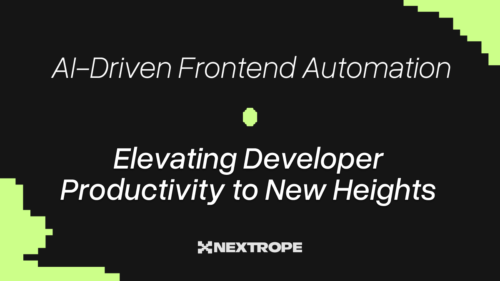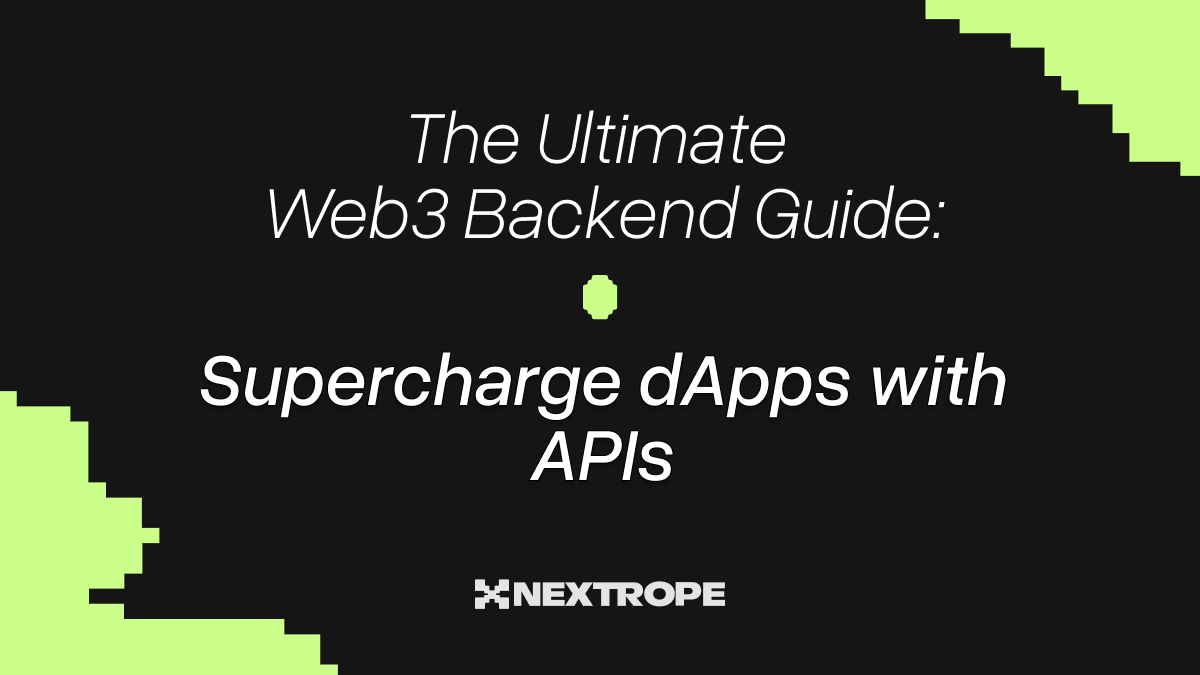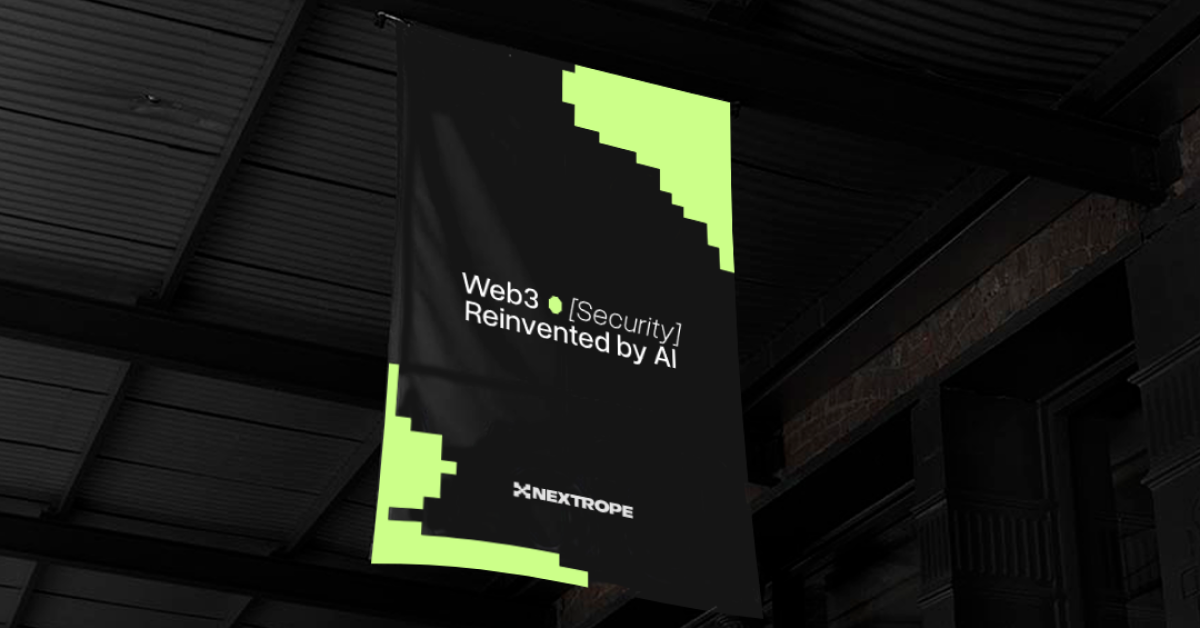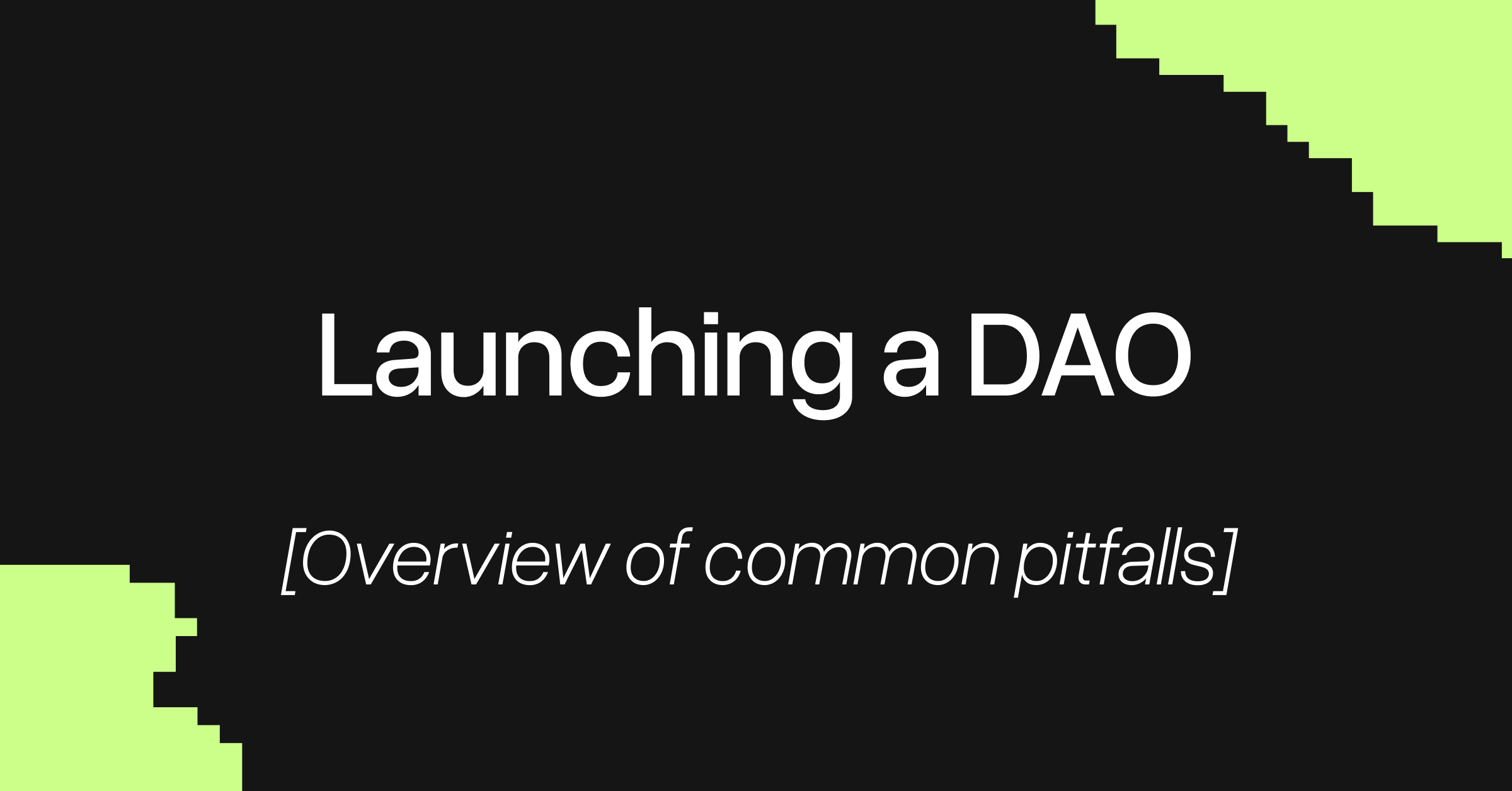AI Revolution in the Frontend Developer's Workshop
In today's world, programming without AI support means giving up a powerful tool that radically increases a developer's productivity and efficiency. For the modern developer, AI in frontend automation is not just a curiosity, but a key tool that enhances productivity. From automatically generating components, to refactoring, and testing – AI tools are fundamentally changing our daily work, allowing us to focus on the creative aspects of programming instead of the tedious task of writing repetitive code. In this article, I will show how these tools are most commonly used to work faster, smarter, and with greater satisfaction.
This post kicks off a series dedicated to the use of AI in frontend automation, where we will analyze and discuss specific tools, techniques, and practical use cases of AI that help developers in their everyday tasks.
AI in Frontend Automation – How It Helps with Code Refactoring
One of the most common uses of AI is improving code quality and finding errors. These tools can analyze code and suggest optimizations. As a result, we will be able to write code much faster and significantly reduce the risk of human error.
How AI Saves Us from Frustrating Bugs
Imagine this situation: you spend hours debugging an application, not understanding why data isn't being fetched. Everything seems correct, the syntax is fine, yet something isn't working. Often, the problem lies in small details that are hard to catch when reviewing the code.
Let’s take a look at an example:
function fetchData() {
fetch("htts://jsonplaceholder.typicode.com/posts")
.then((response) => response.json())
.then((data) => console.log(data))
.catch((error) => console.error(error));
}At first glance, the code looks correct. However, upon running it, no data is retrieved. Why? There’s a typo in the URL – "htts" instead of "https." This is a classic example of an error that could cost a developer hours of frustrating debugging.
When we ask AI to refactor this code, not only will we receive a more readable version using newer patterns (async/await), but also – and most importantly – AI will automatically detect and fix the typo in the URL:
async function fetchPosts() {
try {
const response = await fetch(
"https://jsonplaceholder.typicode.com/posts"
);
const data = await response.json();
console.log(data);
} catch (error) {
console.error(error);
}
}How AI in Frontend Automation Speeds Up UI Creation
One of the most obvious applications of AI in frontend development is generating UI components. Tools like GitHub Copilot, ChatGPT, or Claude can generate component code based on a short description or an image provided to them.
With these tools, we can create complex user interfaces in just a few seconds. Generating a complete, functional UI component often takes less than a minute. Furthermore, the generated code is typically error-free, includes appropriate animations, and is fully responsive, adapting to different screen sizes. It is important to describe exactly what we expect.
Here’s a view generated by Claude after entering the request: “Based on the loaded data, display posts. The page should be responsive. The main colors are: #CCFF89, #151515, and #E4E4E4.”

AI in Code Analysis and Understanding
AI can analyze existing code and help understand it, which is particularly useful in large, complex projects or code written by someone else.
Example: Generating a summary of a function's behavior
Let’s assume we have a function for processing user data, the workings of which we don’t understand at first glance. AI can analyze the code and generate a readable explanation:
function processUserData(users) {
return users
.filter(user => user.isActive) // Checks the `isActive` value for each user and keeps only the objects where `isActive` is true
.map(user => ({
id: user.id, // Retrieves the `id` value from each user object
name: `${user.firstName} ${user.lastName}`, // Creates a new string by combining `firstName` and `lastName`
email: user.email.toLowerCase(), // Converts the email address to lowercase
}));
}In this case, AI not only summarizes the code's functionality but also breaks down individual operations into easier-to-understand segments.
AI in Frontend Automation – Translations and Error Detection
Every frontend developer knows that programming isn’t just about creatively building interfaces—it also involves many repetitive, tedious tasks. One of these is implementing translations for multilingual applications (i18n). Adding translations for each key in JSON files and then verifying them can be time-consuming and error-prone.
However, AI can significantly speed up this process. Using ChatGPT, DeepSeek, or Claude allows for automatic generation of translations for the user interface, as well as detecting linguistic and stylistic errors.
Example:
We have a translation file in JSON format:
{
"welcome_message": "Welcome to our application!",
"logout_button": "Log out",
"error_message": "Something went wrong. Please try again later."
}AI can automatically generate its Polish version:
{
"welcome_message": "Witaj w naszej aplikacji!",
"logout_button": "Wyloguj się",
"error_message": "Coś poszło nie tak. Spróbuj ponownie później."
}Moreover, AI can detect spelling errors or inconsistencies in translations. For example, if one part of the application uses "Log out" and another says "Exit," AI can suggest unifying the terminology.
This type of automation not only saves time but also minimizes the risk of human errors. And this is just one example – AI also assists in generating documentation, writing tests, and optimizing performance, which we will discuss in upcoming articles.
Summary
Artificial intelligence is transforming the way frontend developers work daily. From generating components and refactoring code to detecting errors, automating testing, and documentation—AI significantly accelerates and streamlines the development process. Without these tools, we would lose a lot of valuable time, which we certainly want to avoid.
In the next parts of this series, we will cover topics such as:
- How does AI speed up UI component creation? A review of techniques and tools
- Automated frontend code refactoring – how AI improves code quality
- Code review with AI – which tools help analyze code?
Stay tuned to keep up with the latest insights!
 en
en  pl
pl 







